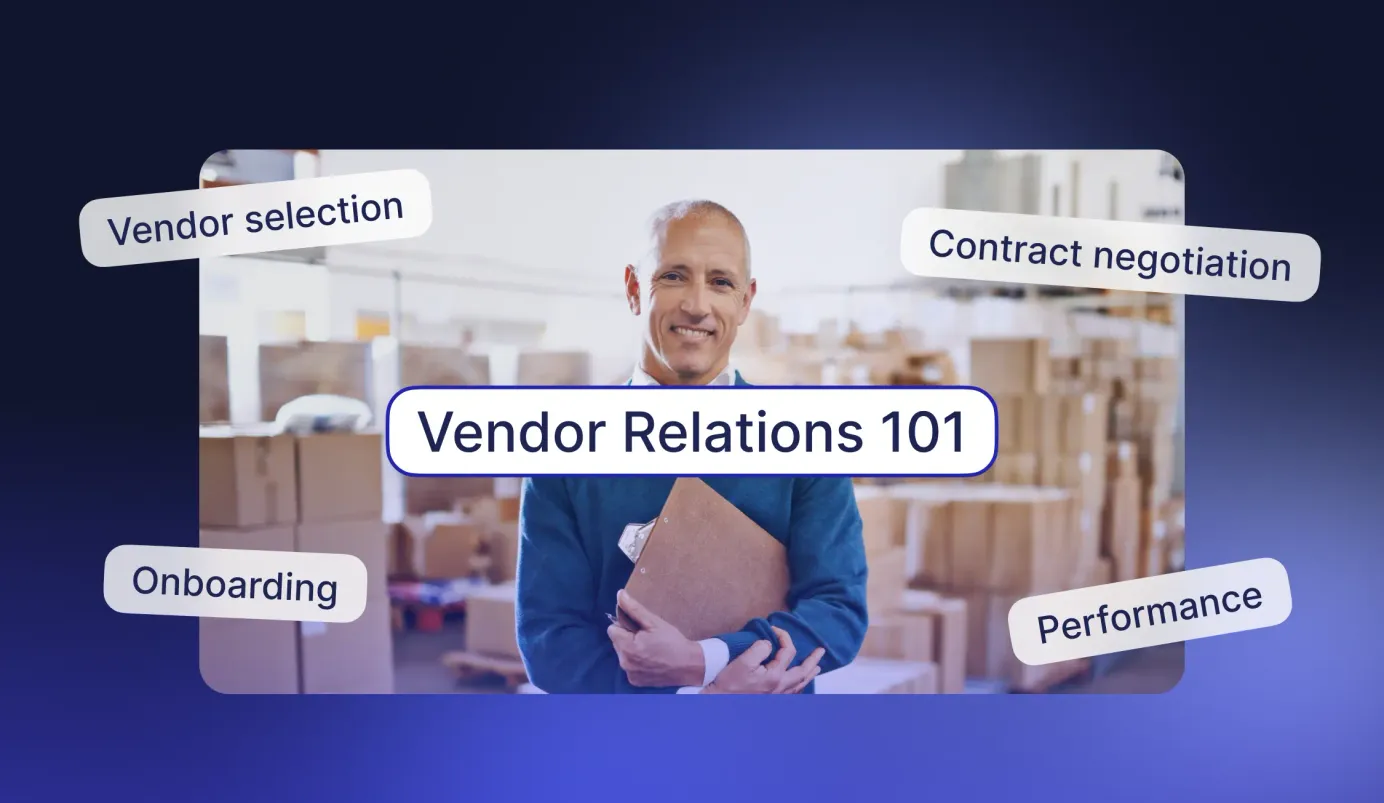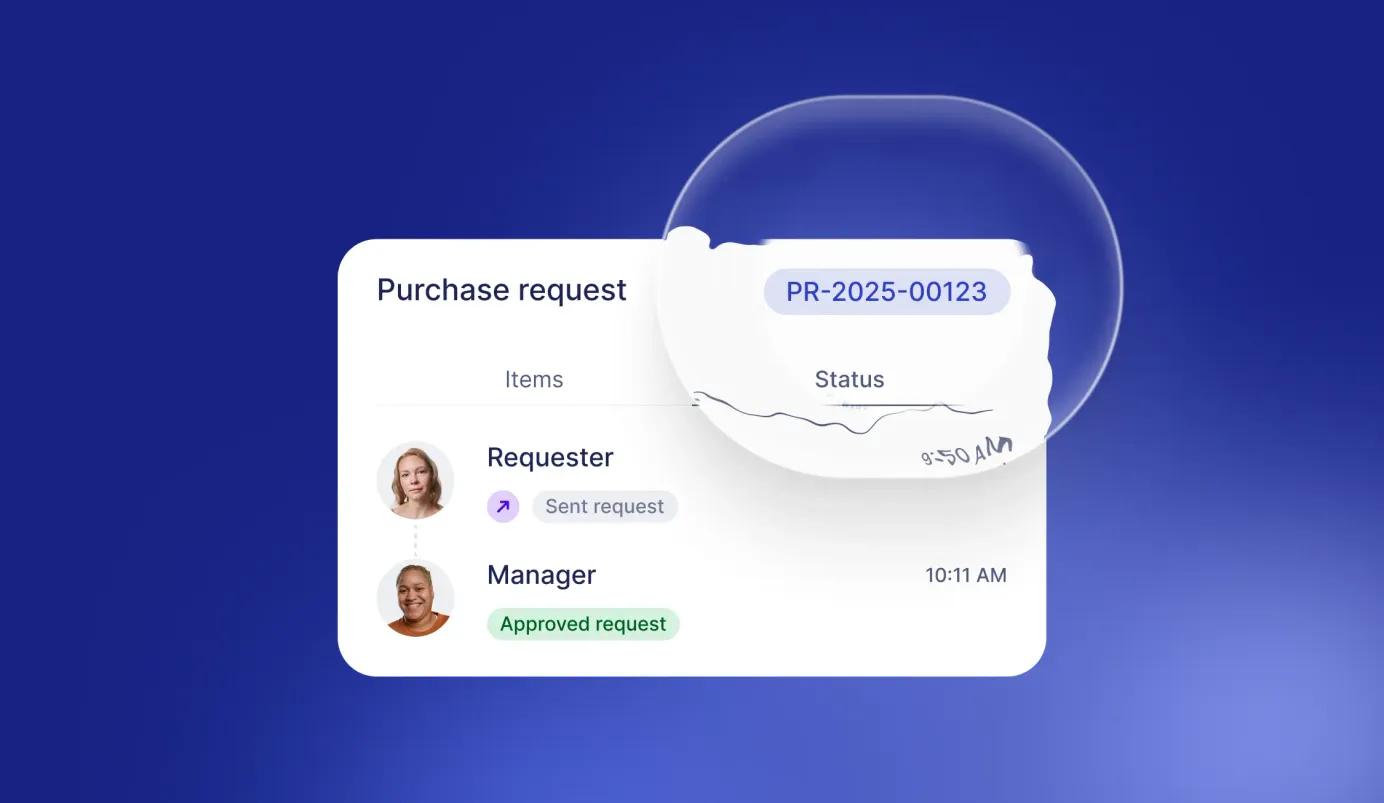
3 min read
Four Basic Stages of Supplier Selection
Supplier evaluation and selection is one of the key organizational functions needed for successful business growth and development. It is critical, therefore, that the procurement professional implements effective processes for qualifying suppliers and determining the award of business.
Today we will outline four basic stages of successful sourcing. In addition, we will explore how supplier responsiveness and capability can be evaluated and how these attributes need to be combined.
Supplier Selection Criteria
The Procurement Department is expected to lead the process of evaluating competitive offers and selecting the supplier for any particular contract. The methods used for selection are some of the most important elements of the procurement professional’s skill set.
Remember, to produce a specific result, you must choose the correct mechanism and appropriate sourcing tools. The supplier is the fundamental resource employed by your organization to meet its requirements. If you don’t select correctly, you will never achieve satisfactory results.
Therefore, proper supplier selection, despite requiring a strong measure of distinctly human intuition, must be performed systematically and to the most objective criteria, you are capable of developing.
First Stage: Evaluating Offers
Before selecting an offer, every buyer should employ some process of evaluation to ensure adequate consideration that all aspects of the organization’s needs are being optimized.
Evaluating a supplier’s offer includes not only evaluating its bit but also checking out the supplier’s ability to perform to the required level of speed and quality. Evaluate offers in terms of both: potential risk and benefits. Try to assess three key criteria before reaching a decision to award the contract to a specific supplier: responsiveness, capability, and competitive value.
Second Stage: Operational Capacity Analysis
One of the primary considerations in award determination will be the supplier’s physical capacity to meet your needs as promised. Obviously, you don’t want to select a supplier that could have difficulty meeting the required volume due to capacity constraints or conflicts with the scheduling of other jobs. A simple ratio of current output to capacity can provide a valuable indication of this ability.
Another good idea is to ensure that the potential supplier has the ability to properly schedule orders and keep track of current production operations to meet its customer’s commitments. Be able to benchmark all these criteria through the customer references the supplier provides.
Third Stage: Technical Capability Determination
Another important key capability to be evaluated is the supplier’s technology and technical ability. Make sure that your potential supplier has all the necessary equipment, tools, and talent to meet your requirements. You can determine this through historical performance records and active participation in industry events.
Check how many patents the company holds in comparison to its competition. Examine how often does it lead the market with the introduction of new products and to what extent it is funding its research and development efforts. Don’t forget to consider all the necessary licenses, insurance, and supplier certifications.
Fourth Stage: Financial Analysis
Recently, financial performance analysis has become increasingly important among most CEOs and CFOs. Financial analysis helps to assess overall supply base risk factors and is often required in order to meet audit compliance requirements. Financial ratios help select and qualify suppliers on the basis of their financial strength, leverage and competitive advantage.
To properly evaluate individual financial ratios, it is crucial that they are viewed with respect to the historical performance of the supplier or the ratios of similar firms in the industry. It’s also a good idea to periodically view financial trends.
Conclusion
Effective sourcing management begins with establishing the proper initial selection criteria and ensuring that the right supplier gets chosen.
It often happens that inadequate preparation and effort go into this process with predictably disastrous results: the wrong supplier was chosen or disappointing supplier performance. That’s why you should clearly understand the methods available in supplier selection and employ them professionally. What helps companies achieve this is supplier management software, also known as a vendor management system.









